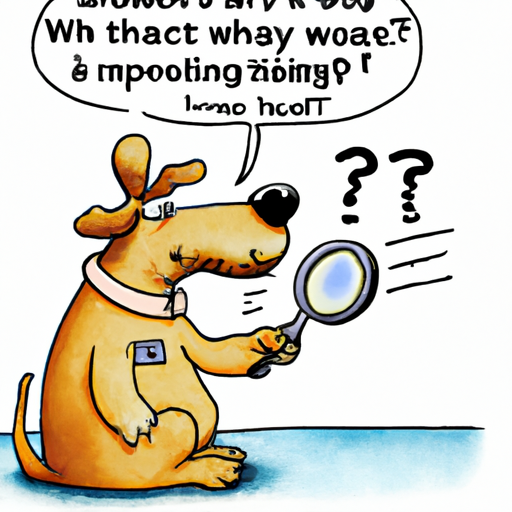While it may seem like an arbitrary feature, the flap on a dog’s ear, also known as the pinna, serves a variety of essential functions. From protecting the ear canal to assisting in communication, the flap on a dog’s ear is a fascinating component of our canine companions’ physiology.
Table of Contents
1. The Anatomy of a Dog’s Ear
2. Functions of the Ear Flap
3. Communication and the Ear Flap
4. Health Concerns Related to the Ear Flap
5. Frequently Asked Questions
Key Takeaways
- The flap of a dog’s ear, or pinna, plays a significant role in protecting the dog’s inner ear.
- Dogs use their ear flaps to help communicate their emotions and intentions.
- Regular checks of your dog’s ear flaps can prevent health issues.
The Anatomy of a Dog’s Ear
Dogs have a highly sophisticated and efficient ear structure. Unlike human ears, which are relatively simple, a dog’s ear is divided into three main parts: the outer ear, the middle ear, and the inner ear. The outer ear consists of the pinna (the visible flap) and the ear canal. The middle and inner ear contain the complex structures that allow for hearing and balance.
The pinna is the part of the ear that draws our attention the most. It’s the floppy or erect part that we often play with or scratch. The pinna’s shape and size can vary greatly between breeds, from the long, droopy ears of a Basset Hound to the alert, pointed ears of a German Shepherd. But regardless of appearance, the pinna serves several key functions.
Functions of the Ear Flap
The flap of a dog’s ear serves several essential functions:
-
Protection: The main task of the ear flap is to protect the ear canal from debris, insects, and other potential hazards. The ear flap acts as a barrier, preventing unwanted elements from entering the ear canal. It also provides some protection from the elements, such as wind and cold.
-
Sound Funneling: The shape of the ear flap helps to funnel sound waves into the ear canal. This amplifies the sound and makes it easier for the dog to hear. This is particularly noticeable in breeds with erect ears, such as the Siberian Husky, where the pointed shape of the ear helps to direct sound into the ear canal.
-
Temperature Regulation: Dogs don’t sweat like humans do. Instead, they have a few key areas where they can release heat, including their ear flaps. The thin skin and ample blood supply in the ear flaps allow dogs to release heat and help regulate their body temperature.
Communication and the Ear Flap
Dogs use body language as a primary form of communication, and the ears are a key part of this. By observing the position and movement of a dog’s ears, we can often understand their intentions or emotions. For example, when a dog’s ears are erect and forward, it usually means the dog is alert and attentive. Conversely, flattened ears can indicate fear or submission.
Understanding your dog’s ear language can greatly enhance your relationship with them. For more insights on dog communication, check out this handy guide on dog body language.
Health Concerns Related to the Ear Flap
Due to their structure and function, dogs’ ear flaps can be prone to certain health issues. These can range from ear infections, which are common in breeds with long, droopy ears, to ear hematomas caused by injury or excessive shaking or scratching.
Regular checks of your dog’s ear flaps can help detect any issues early. You should look for signs of redness, swelling, discharge, or unpleasant odors, which could indicate an infection. If you notice your dog shaking their head or scratching their ears more than usual, this could also be a sign of discomfort and a reason to consult your vet.
For a more detailed look at common dog ear problems and how to treat them, you might find this article on dog ear health helpful. Also, regularly cleaning your dog’s ears can prevent many of these issues. Here’s a step-by-step guide on how to do it properly.
Frequently Asked Questions
1. Why do some dogs have erect ears while others have floppy ears?
The shape and position of a dog’s ears are largely determined by breed genetics. Some breeds have naturally erect ears, while others have floppy ears. In some cases, ear cropping is performed to achieve the erect look, although this practice is controversial and banned in many countries.
2. Can a dog move its ear flap?
Yes, most dogs have the ability to move their ear flaps independently. This allows them to direct their hearing in a specific direction and helps them communicate their emotions and intentions.
3. How often should I check my dog’s ear flaps?
It’s a good idea to check your dog’s ears at least once a week. This can help you catch any potential issues early before they become serious problems.
Understanding the functions and importance of your dog’s ear flaps can help you better care for your furry friend. Remember to regularly check and clean their ears, and consult your vet if you notice any issues. For more tips on dog care, you can explore Onetopdog.



